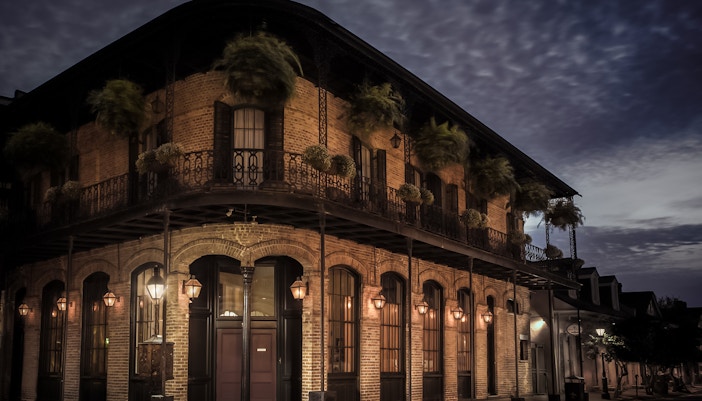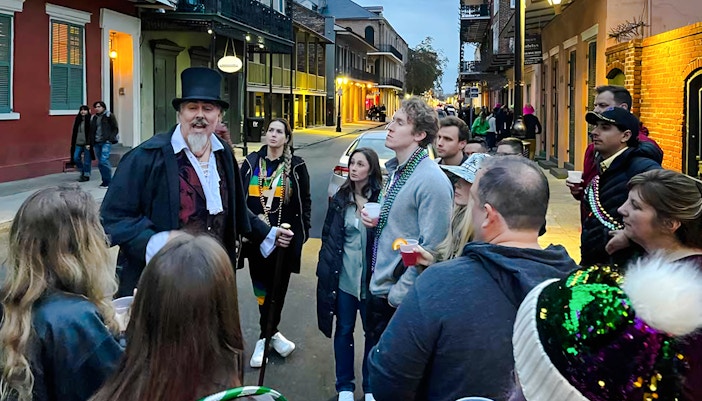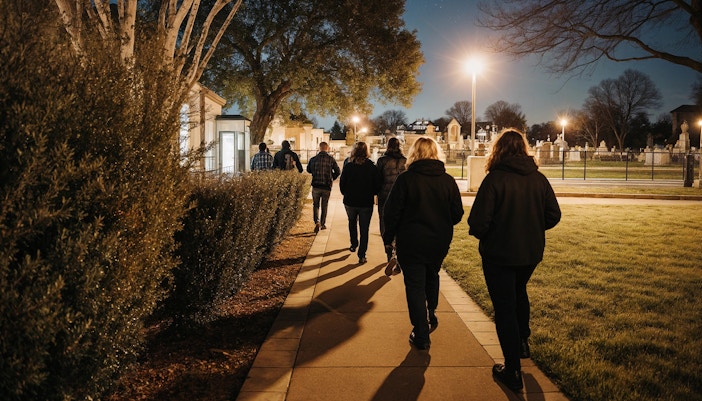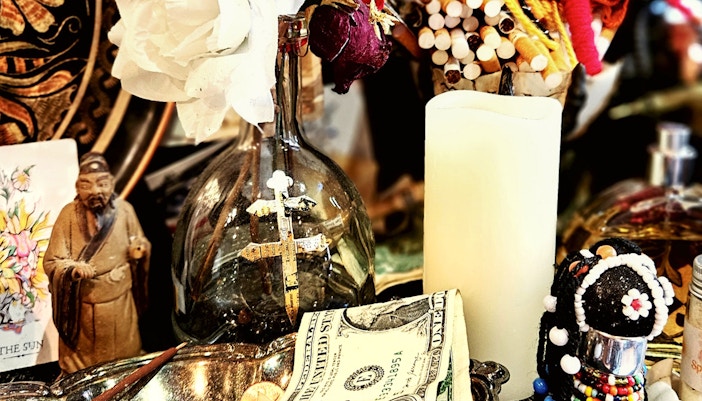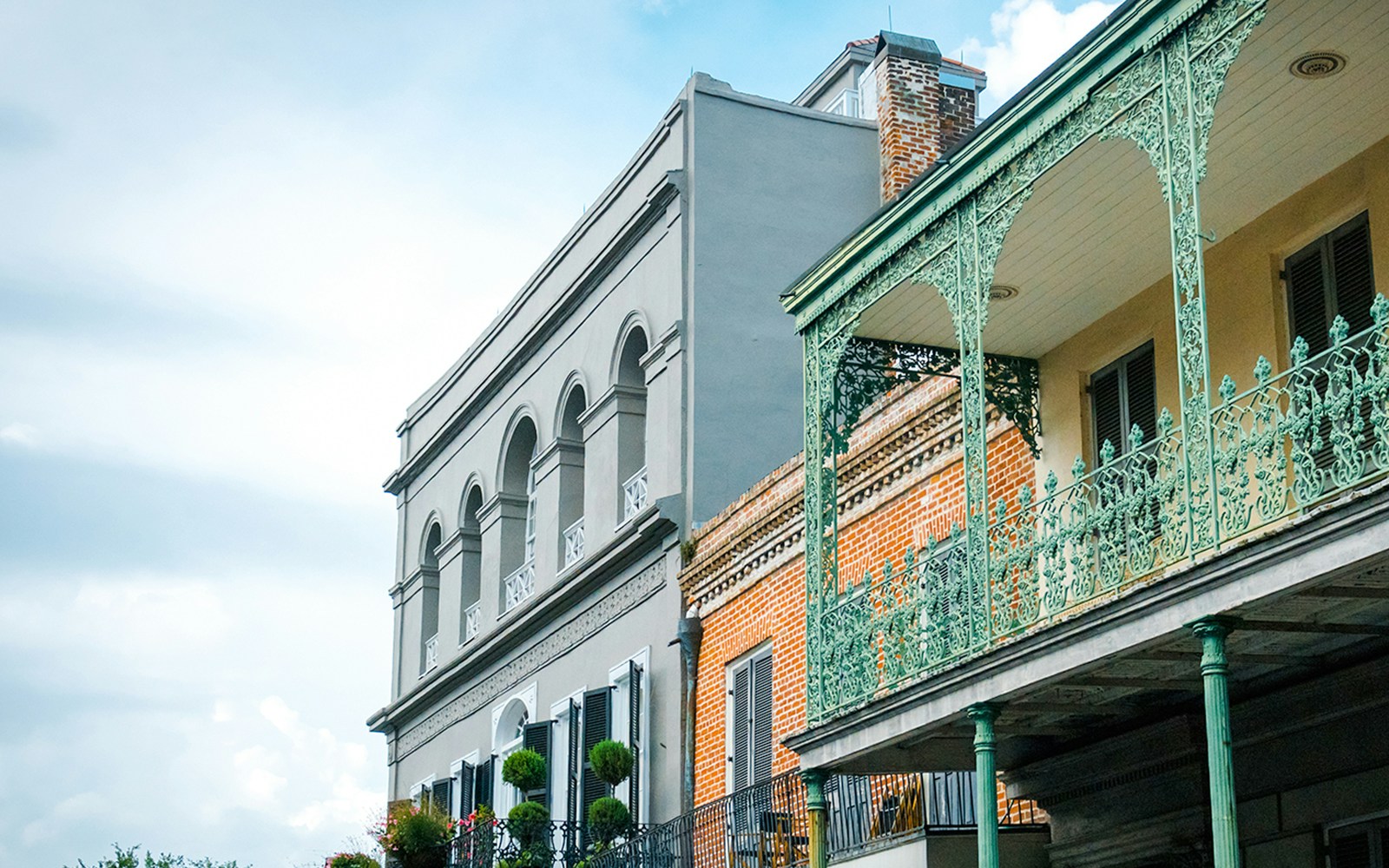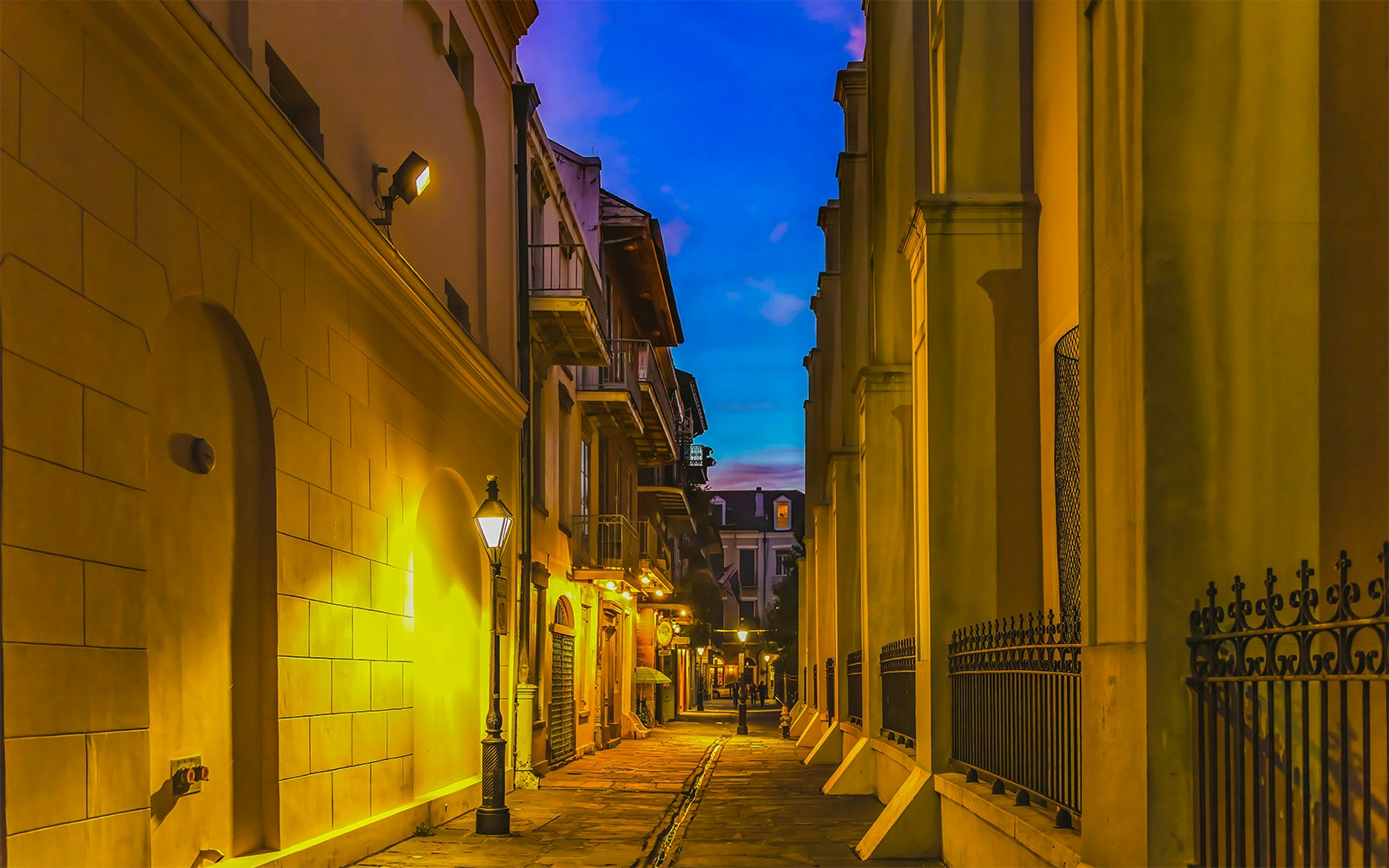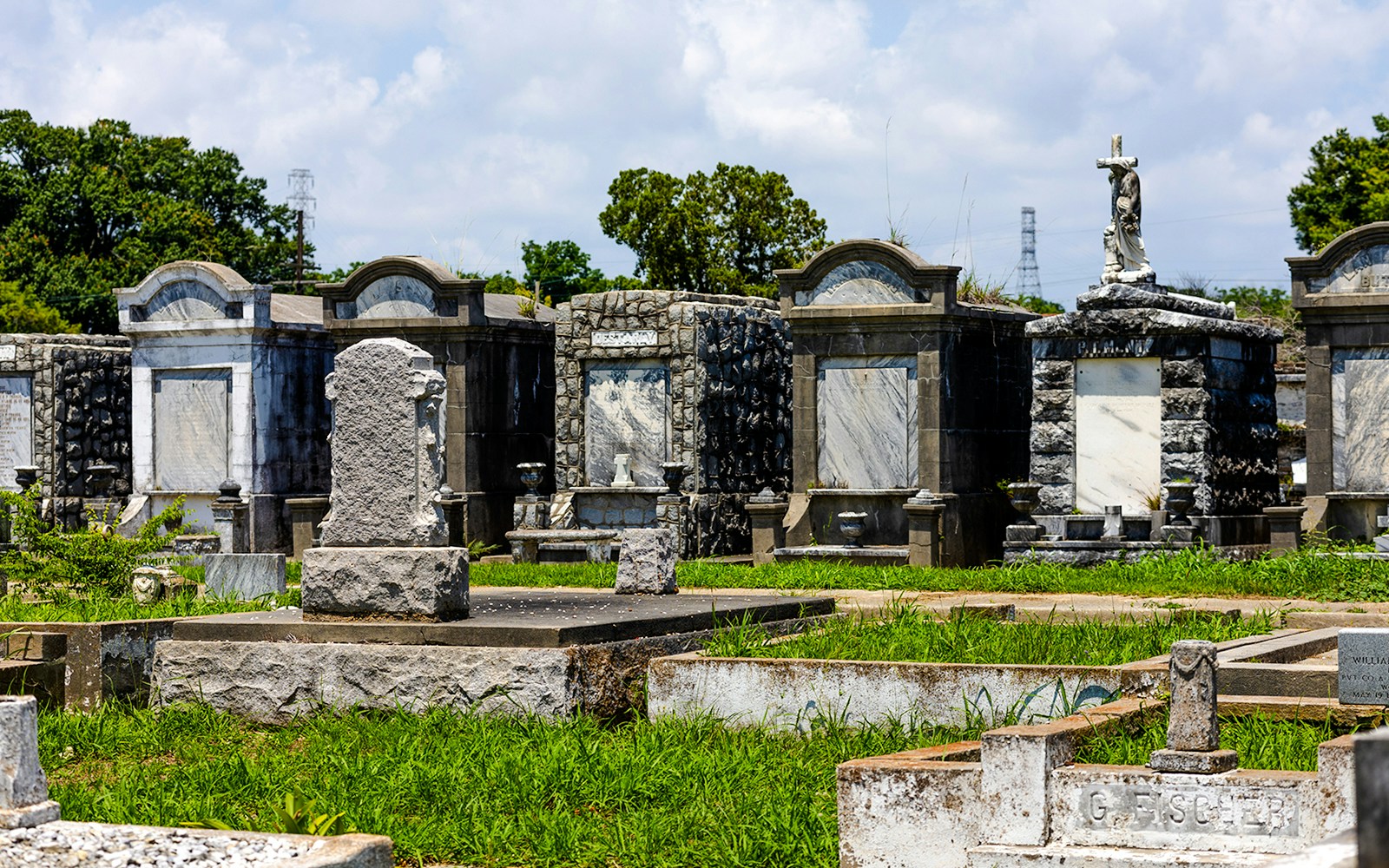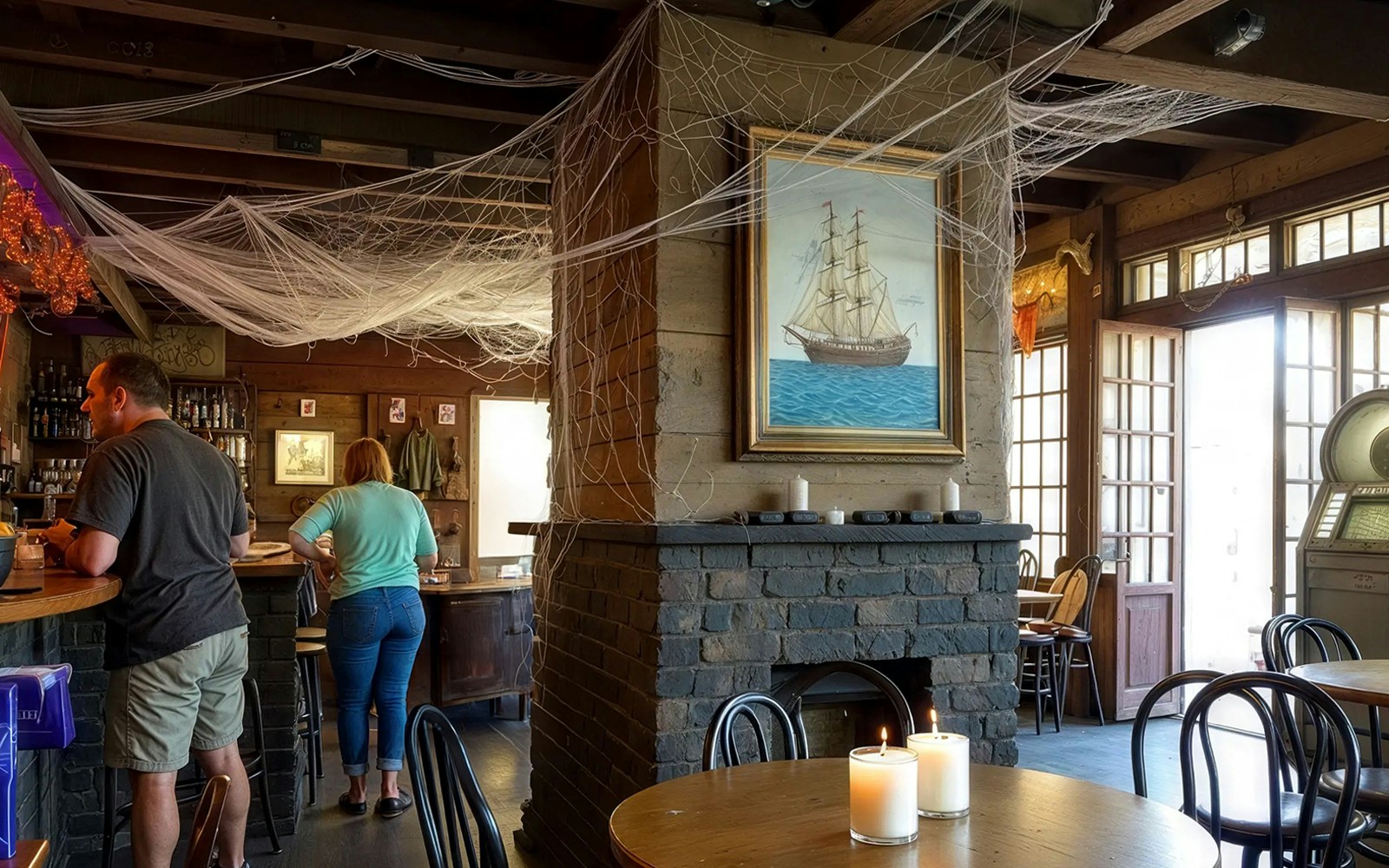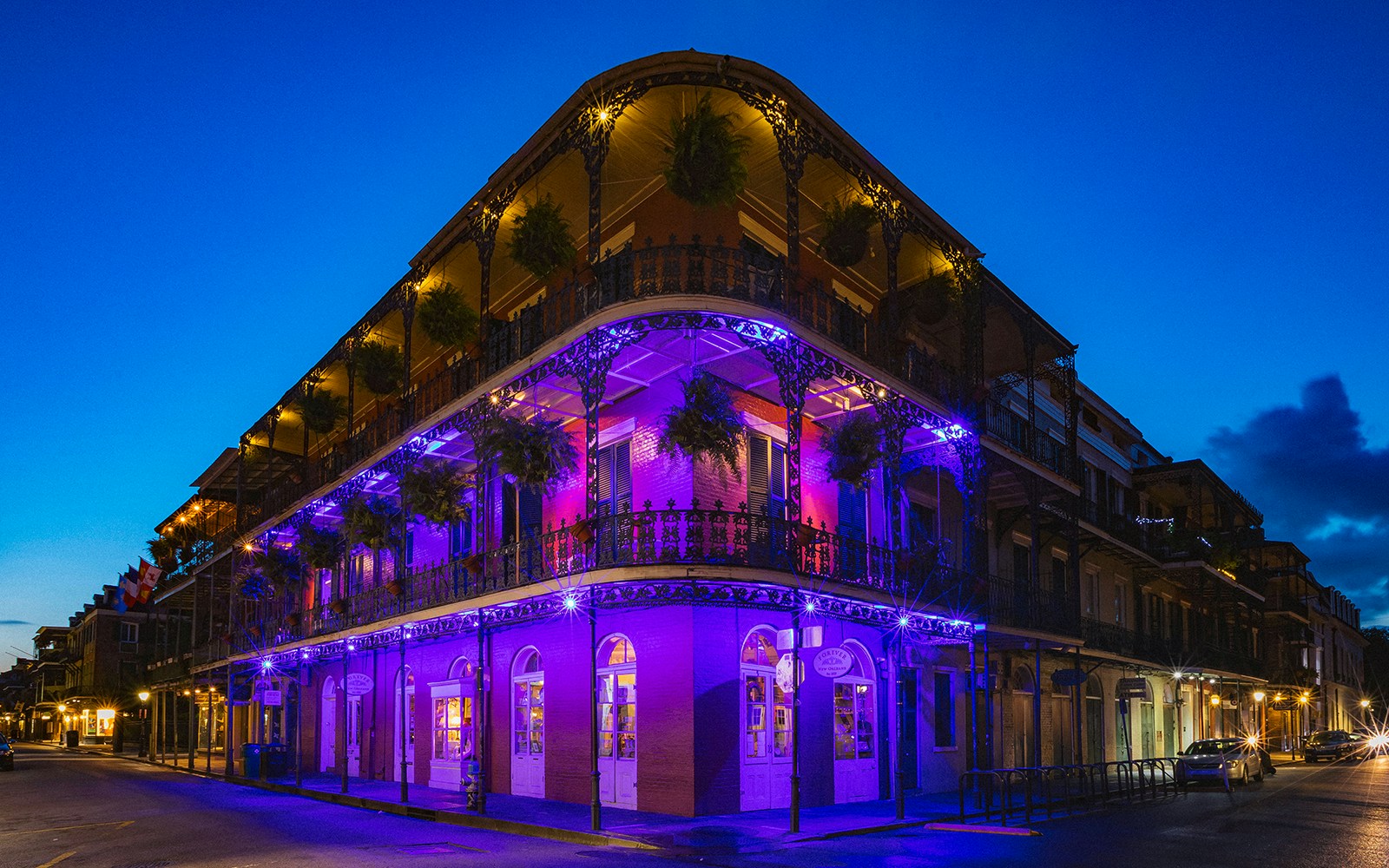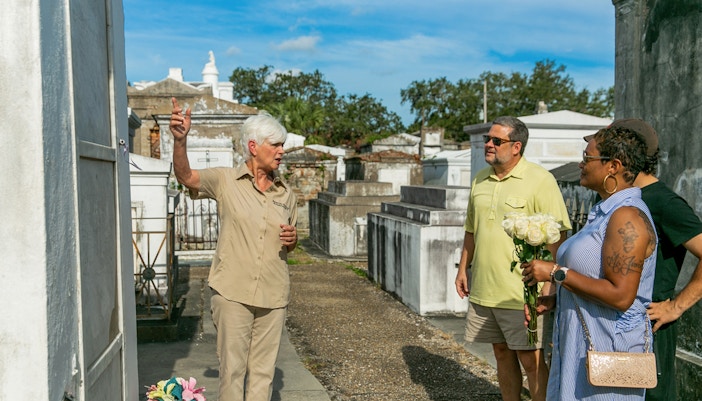Spooky history of New Orleans
New Orleans harbors a chilling and storied past that has shaped its reputation as one of America’s most haunted cities. The city’s horror history begins in its founding era, when it was a French colonial outpost steeped in conflict, hardship, and punishment.
Yellow fever tore through the city in deadly waves during the eighteenth and nineteenth centuries, bringing death to thousands and adding layers of fear to daily life. The infamous LaLaurie Mansion solidified New Orleans' sinister legacy when neighbors discovered Madame Delphine LaLaurie’s attic was a site of torture and abuse. The story of enslaved people found mutilated and shackled in her upper chambers became legendary.
The city’s haunted history is not confined to the atrocities of slavery and violence. Its labyrinthine cemeteries with above-ground tombs inspired by local necessity have become iconic markers of the supernatural, said to be brimming with restless spirits. Voodoo, brought by enslaved West Africans and nurtured by figures like Marie Laveau, introduced beliefs in curses, spirits, and rituals that still energize the city’s mythology and frighten skeptics to this day.
Urban legends flourished amid the city’s atmospheric fogs: tales of the vampire-like Casket Girls at the Ursuline Convent, bloodthirsty pirates haunting Pirate’s Alley, and the doomed Sultan’s Palace massacre continue to thrill and terrify. The French Quarter, with its haunted hotels, spectral alleys, and haunted sites like St. Louis Cemetery No.1, remains ground zero for ghostly encounters.
Today, New Orleans celebrates and confronts its horror history through ghost tours, haunted houses, and festivals that both respect the tragedy and invite stories to be retold.

